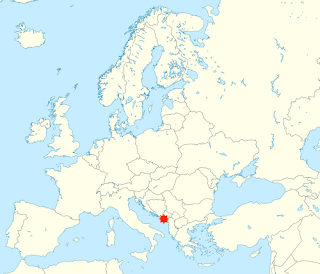It was founded in the 7th century by Romans from the south fleeing fighting between Slavs and Avars. Byzantium initially protected this part of the world, but later it would fall (like much of the Adriatic coast) under control by Venice.
One of the things Ragusa became known for was ship-building; in fact, they built their ships indoors because their methods were so innovative that spies wanted to copy them.
A very forward-thinking city, they adopted a code of laws and public services that sound very modern. A medical service was started in 1301, the apothecary mentioned above was established in a monastery in 1317 and still functions today. In 1347 they opened an almshouse (just in time for the Bubonic Plague which arrived a year later), and a quarantine hospital in 1377. Ragusa established a separate town outside the walls for those suffering from leprosy.
Their law only allowed a doctor to be paid when the patient was healed. A female doctor was mentioned in records in 1325. A service for removing garbage from the town was first recorded in 1415. The city paved the streets, and shop-owners were required to sweep the area in front of their shop. Aqueducts and sewage systems were installed in 1436. Underground silos were built that could hold 1200 tons of grain (which they had to import). They voted to abolish slavery in 1416.
Ragusa/Dubrovnik has so much fascinating history that I want to continue this tomorrow.

No comments:
Post a Comment
Note: Only a member of this blog may post a comment.